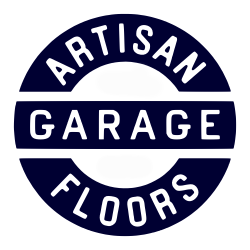Diamond Grinding Can Undo Years of Wear on Your Concrete Floors
If you’re looking to remove years of build-up from older concrete floors in your residential or commercial space, diamond grinding is the way to go. It’s also recommended for high-traffic areas where surface irregularities tend to materialize with prolonged use.
We typically use diamond grinding as the first step in concrete resurfacing preparations, to preserve your concrete and save money without the need to replace your floors entirely.
Why We Prefer Diamond Grinding for Concrete Surface Preparation
Diamond grinders utilize closely-spaced diamond blades in order to extract a thin, top layer of your concrete’s surface. This restoration process addresses deficiencies in the concrete due to environmental factors, such as salt corrosion, and removes stains from oil, paint, chewing gum, and other substances that can build up over time.
Unlike sandblasting or chemical acid washing, diamond grinding gives the floor a smoother, more even surface on which to apply coatings, sealers, or stains for a finished look.
Industrial Applications
For warehouses and other commercial settings, having a flat surface is especially important when moving goods with industrial vehicles, such as forklifts, pallet jacks, and side loaders.
- Enhanced surface texture and skid resistance
- Improved ride quality and noise reduction
- Increased friction resistance
- Decreased irregularities in pavement
- Reduced accident rates
- Improved drainage of water
- Does not raise surface elevation
How to Determine if Diamond Grinding is the Right Choice for Your Floors
Before we decide if diamond grinding is the best solution to restore your concrete floors, there are several factors that should apply to your current flooring:
- Good structural integrity
- Stable supporting soils and/or foundational materials
- Won’t interfere with rebar or other reinforcement materials
- Scaling, spalling, and cracking have been evaluated
After we diamond grind the surface, we typically complete the concrete restoration process by applying a penetrating sealant or an epoxy coating to give the floor a more finished look.
